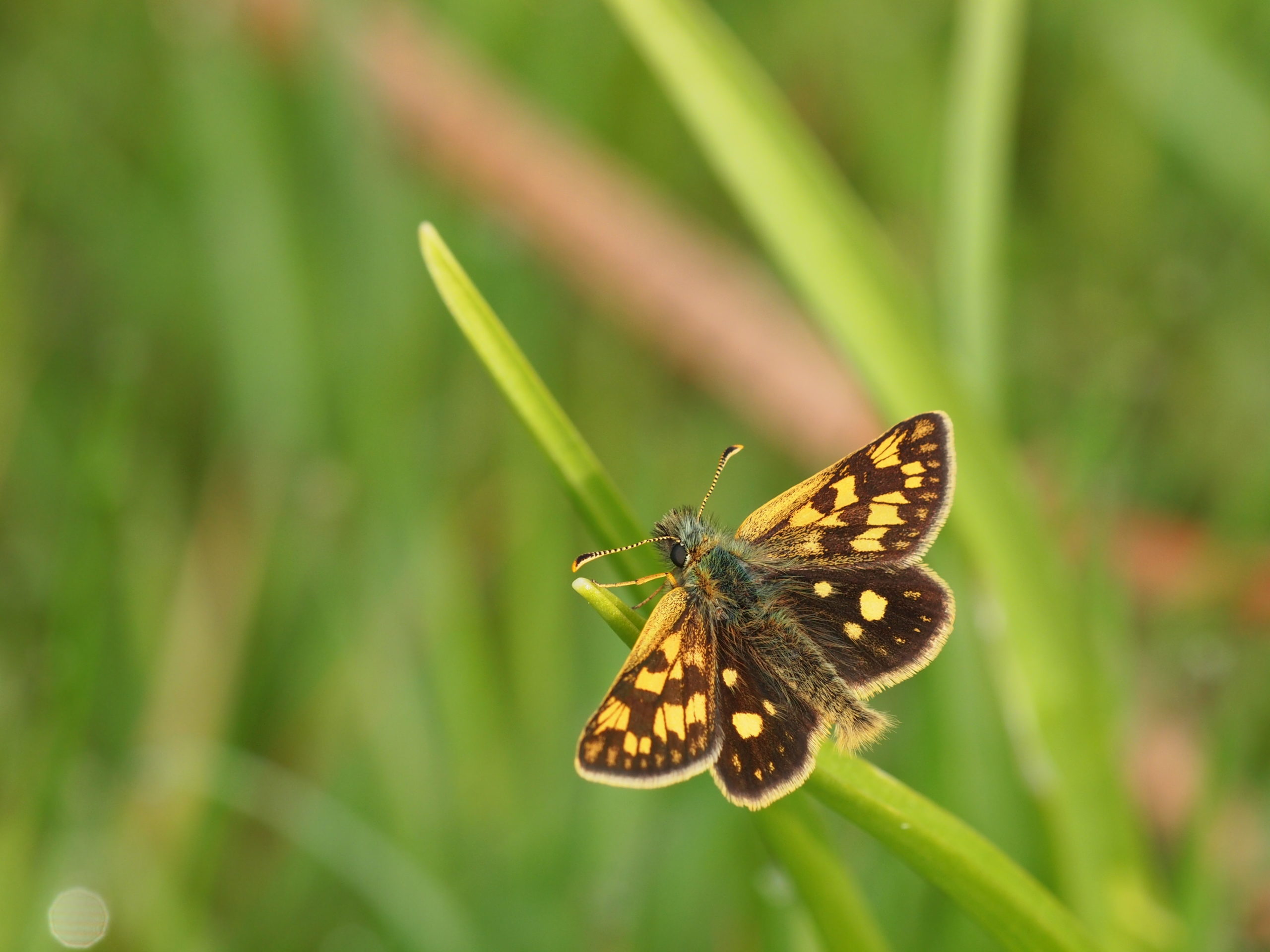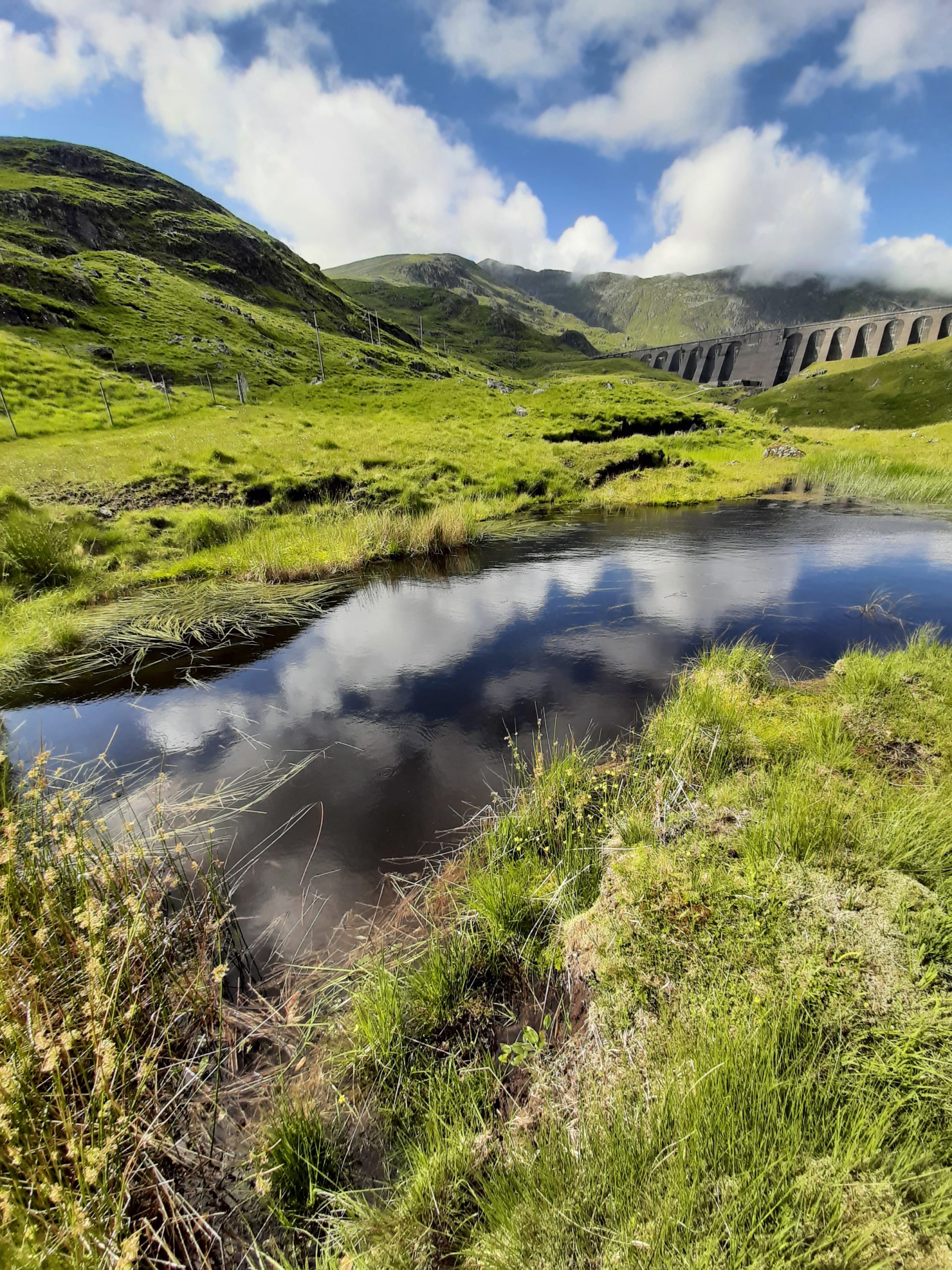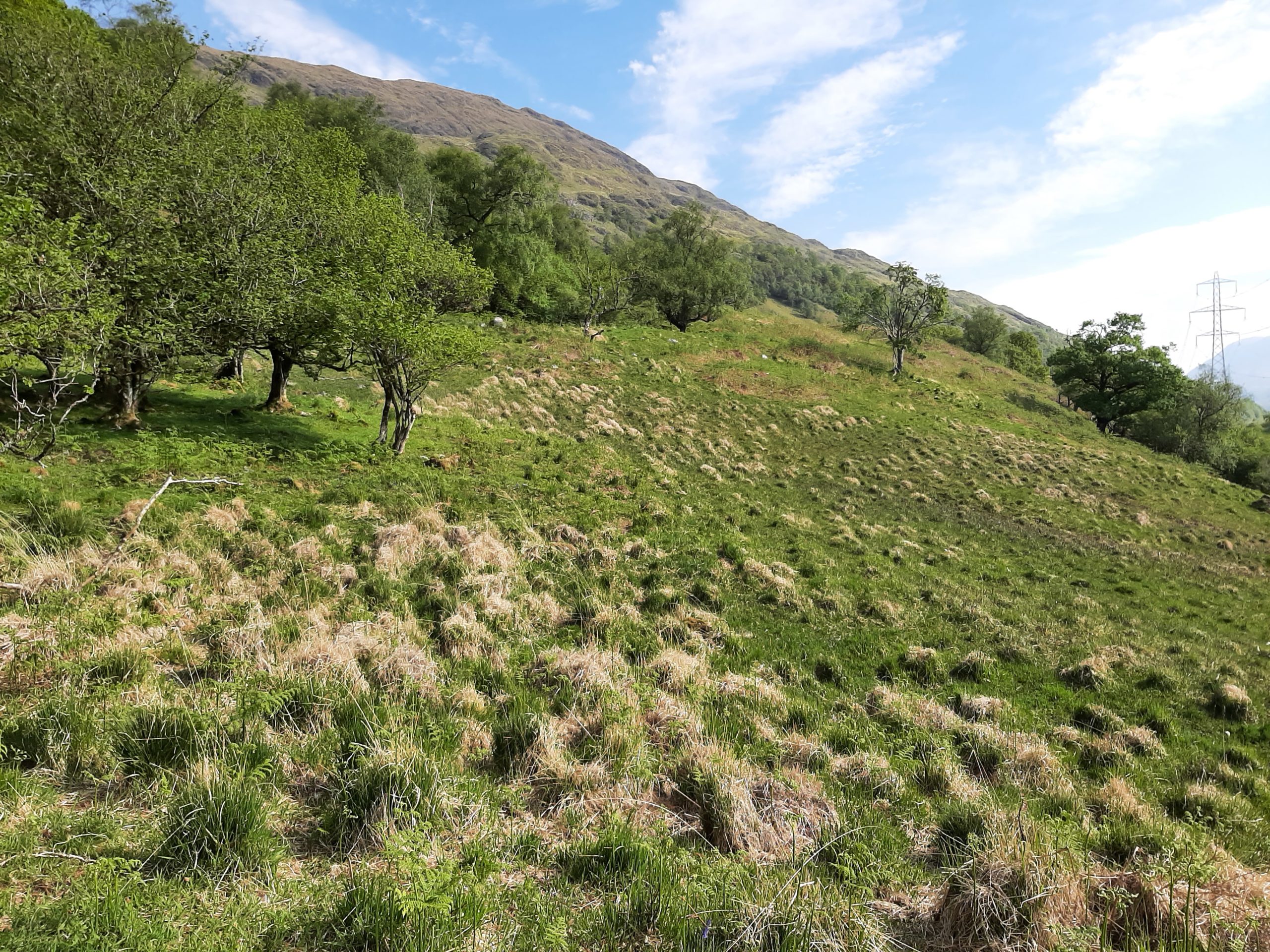
Key points:
- The Scottish Highlands are home to a wide variety of landscapes, with a wealth of biodiversity that must be preserved.
- Cruachan pumped storage hydro station sits within Ben Cruachan and has operated for nearly 60-years without damaging wildlife.
- Regular surveys and reporting allow Drax to understand the health of different fauna and species over time.
- It’s promising that even species of bird and insects that are declining in other parts of the UK are regularly spotted around Cruachan.
- The expansion of the power station has required and will continue to need careful assessment of the area’s biodiversity to minimise any impact the project could cause.
The Scottish Highlands are home to some of the UK’s most stunning natural wonders. From dramatic plunging lochs to the craggy, ice capped Munros, the varied landscape holds some of the most biodiverse areas in the UK. The region’s fauna ranges from red deer to golden eagles, while its flora includes the ancient oak and moss-covered forests that make up the ‘temperate rainforest’ of the Atlantic coast.
Preserving these landscapes and the life that thrives in them is crucial to both the environment and economy of the region. It’s the job of Roddy Davies, Health, Safety, and Environmental Advisor at Drax’s Cruachan Power Station to ensure operations at the site do not damage the natural environment.
“This is a very biodiverse, rich environment. There are a lot of different species, a large variety of natural habitats and plant life,” says Davies. “It’s good that we can say we’ve operated here for nearly 60 years, and all of that is still there. It’s testament that we don’t have a demonstrable negative effect on the wildlife that lives around us.”

Source: Blue Leaf Nature
Energy storage inside a mountain
The pumped storage hydro station sits a kilometre inside Ben Cruachan, a Munro peak in the Western Highland region of Argyll and Bute. It’s not an area you would normally associate with power generation, but it’s perfect for pumped storage hydro. The site has two bodies of water at differing elevations, Loch Awe at the bottom and a reservoir at the top allowing Cruachan to generate power when it’s needed, as well as absorb electricity when there is an excess on the grid by pumping water back up the mountain. Storing it until power is needed and helping to keep the grid balanced.
The subterranean nature of the power station means the massive machinery, including the four reversible turbines, and the heat and noise they generate, is hidden underground.
Features on the surface are limited to a few buildings by the entrance tunnel at the banks of Loch Awe, and the dam which contains the upper reservoir on the slopes of Ben Cruachan, as well as several pylons and cables transporting electricity. Even the 316-metre buttress dam takes the landscape into account.
“When Cruachan was built in the ’50s and ’60s, the visual impact of it was very much in the minds of the people who built it and the authorities who approved it. The dam is almost impossible to see from a public place,” explains Davies. “Our presence on the surface is very limited. All the busy goings-on are underground. There’s lots of noise underground, but it doesn’t travel outside.”
Ensuring that the area surrounding Drax’s operation continues to function without damaging the surrounding environment is an ongoing process. Davies deploys annual biodiversity surveys and reporting that gives Drax over a decade of information and analysis to help identify trends.
The wildlife of Ben Cruachan
The Cruachan Power Station Biodiversity Survey for 2021 is the 11th completed by Blue Leaf Nature, a biodiversity service provider. The comprehensive report highlights the incredible diversity of fauna surrounding Cruachan, some of which are declining in other parts of the country.
While the majestic red stags found in other parts of the Highlands are extremely uncommon around Cruachan, 2021 was a particularly exciting year for other types of large mammals. Pine martens – a cat-sized relative of the weasel – are relatively common, appearing alongside red squirrels, red foxes, and otters. Badgers were also added to the site’s list of species for the first time.

Source: Blue Leaf Nature
Mammals, however, are exceeded by the range of birds found around Cruachan, with 53 different species spotted in 2021. Of these, 17 species appear on the Birds of Conservation Concern Five’s red list, the highest threat status to the UK’s bird population, including the Ring Ouzel, Yellowhammer and Tree Pipet. A further 27 appear on the Regional International Union for the Conservation of Nature (IUCN) Red List of Threatened Species. Additionally, six of the spotted species are considered endangered (including Herring Gull and Northern Wheatear) and 11 vulnerable by the IUCN.
Sightings of these threatened species around Cruachan come despite particularly unfavourable weather in 2021. One of the driest Aprils on record followed by an exceptionally wet May disrupted the bird breeding season. This in turn resulted in a difficult nesting season, exacerbated by food shortages due to the weather’s effect on insect life.
In the report’s survey of invertebrates, 150 different species were recorded in 2021, down from 170 in 2018. However, it’s promising that among Cruachan’s creepy-crawlies are many that are in decline elsewhere in the UK, with the numbers of some important insect types are increasing. Dragonfly and damselfly species, for example, increased from five in the previous survey to nine in 2021.
Moths and butterflies are particularly important to monitor, as Davies explains: “they’re a very strong indicator species for the health and quality of an ecosystem. They’re also very sensitive to climatic changes and react quickly to temperature change.”

Source: Blue Leaf Nature
In 2021, 78 moth species were recorded around Cruachan, including one of Butterfly Conservation’s noted priority species (Yellow-ringed carpet), as well as six species that feature on IUCN’s red or amber lists. There were 11 butterfly species recorded in 2021, including four priority species, as well as two newly spotted species: the Small Copper and the Chequered Skipper.
That species in decline around the country are increasingly thriving at Cruachan is further testament to the power station’s lack of disruption to the environment. And as the UK’s electricity system continues to evolve, and Cruachan power station with it, closely observing the surrounding environment and its inhabitants will become even more important.
Expanding Cruachan while preserving nature
While Cruachan first started generating and storing power in the 1960s, its capabilities are becoming ever more critical as the national grid decarbonises and power generation becomes increasingly decentralised. This is why Drax is undertaking an ambitious project to expand Cruachan.
Cruachan 2 would add a further 600 MW of generation capacity to the plant for a total of 1.04 GW of power. By providing stability services to the grid, the expansion could enable an additional 300-gigawatt hours of renewable power to come online.

Source: Blue Leaf Nature
The project is epic in scale. New underground tunnels and subterranean caverns will house the reversible pump-turbines and will be carved out of the mountain, vastly increasing the size of the power station. But as with any activity in such a landscape, careful planning is essential. Detailed surveys and assessments of the area are a key requirement for planning approval.
“We need to acknowledge what’s here and show that we understand what surveys have found,” says Davies. “Then we have to present our proposals for how we will protect them and mitigate any potential disturbance.”
An advantage of pumped storage hydro is that much of the intensive excavating and construction work will take place underground, with little disturbance on the surface. Cruachan 2 has the added benefit of utilising Cruachan’s existing infrastructure. For example, it would not require flooding a valley to create a new upper reservoir.
Ultimately, Cruachan’s half century-plus of operation has not damaged or degraded the biodiversity of the Western Highlands landscape. And Davies is keen to ensure that legacy is preserved: “As a company, it’s not just something we have to do; we have a moral responsibility to be a responsible operator and look after what’s around us.”







